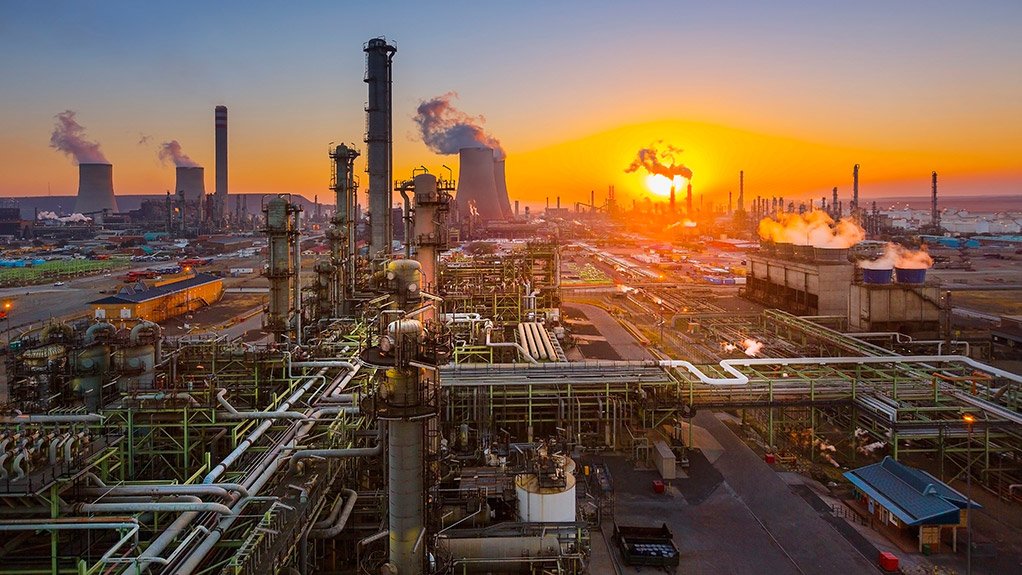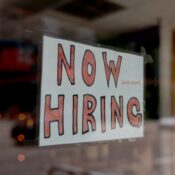
South Africa’s hazy Sasolburg serves as an example of the tension between the economy and clean air
As soon as Mpho Putsoenyane’s daughter Hlompho was born in Zamdela, a South African township next to Sasol’s (SOLJ.J) new tab oldest coal-to-liquid refinery’s gas flares and smokestacks, the infant had trouble breathing.
She gasped and turned purple when she was four months old last year. Putsoenyane remembers how her parents hurried the infant to the hospital, where medical professionals barely used a defibrillator to restart her heart.
She paused to wipe away tears as she told Reuters, “We were terrified,” at her brick cottage. “We thought she was going to die.”
Government experts have selected Sasolburg, the name of the petrochemical giant’s refinery town north of Zamdela, as one of several regions of South Africa that urgently need to reduce the dangerous air pollution caused by burning coal.
It also captures a problem that many coal-dependent countries face: how to cut back on harmful air pollution emissions without harming vital businesses or eliminating low-skilled jobs.
During white minority rule, Sasol invented the carbon-intensive and highly polluting technology of producing coal, which maintains 90,000 people employed and provides 80% of South Africa’s power and a third of its liquid fuel.
The village, which is 80 kilometers (50 miles) southwest of Johannesburg, was covered in haze and smelled strongly of sulfur when Reuters visited there last month. Reuters interviewed four families, including Putsoenyane, who attributed their respiratory issues to the air.
Hlompho’s condition instantly improved after her parents brought her to Bloemfontein, the closest large city, to see a lung expert.
However, she started rasping once more as soon as they arrived home. According to Putsoenyane, the doctor blamed air pollution and warned that she wouldn’t get better unless they relocated.
Putsoenyane remarked, “But we can’t move,” Joseph, her spouse, is employed for a company that supplies Sasol with services. Among other modern conveniences, it has covered their microwave, TV, stereo, and school expenses.
I therefore brought her to my father’s home in nearby Lesotho. She has been alright ever since,” Putsoenyane stated.
“But I only see her every six months.”
THE COAL BELT’S HEALTH ISSUES
700 schoolchildren, ages 9 to 14, who had been exposed to high levels of pollution in the Highveld coal district west of Johannesburg—where Sasol has a separate plant and where other coal-fired power stations also operate—were the subject of a newly released government-sponsored research.
The research identified “airway inflammation, abnormal lung function, and asthma symptoms” .
The government established stricter, legally binding minimum emissions guidelines for pollutants like sulfur dioxide in 2010 in an effort to solve the issue.
Peter Mbelengwa, a spokesman for the environment department, stated that “the government declared the Highveld and Sasolburg as priority areas to improve the air people breathe” because they are two of South Africa’s most polluted places.
However, Sasol and other major air polluters have successfully applied for temporary exemptions from pollution regulations on multiple occasions.
Due to the expense of attempting to retrofit pollution filters, the corporation advocated for “less stringent emissions standards for older facilities” in confidential letters to the environment department in March of last year and in October of 2022.
An August 2023 statement stating that “various (clean air) technologies… were found to be practically infeasible to install in Sasol’s existing plants” was cited by a Sasol representative to Reuters.
A follow-up request for comment on the particular case of Hlompho and her family was not answered by the spokesperson.
Under freedom of information legislation, the shareholder activist organization Just Share received the private letters that Reuters was able to view.
According to official records, Sasol’s request was initially denied by the national air quality officer. However, the decision to award Sasol its exemption was overturned in April by then-environment minister Barbara Creecy.
Mbelengwa stated that in order to comply with license requirements, “Sasol… (has) been granted temporary reprieve from meeting certain emission limits, they must still implement pollution control measures.”
All Categories
Recent Posts
Tags
+13162306000
zoneyetu@yahoo.com



